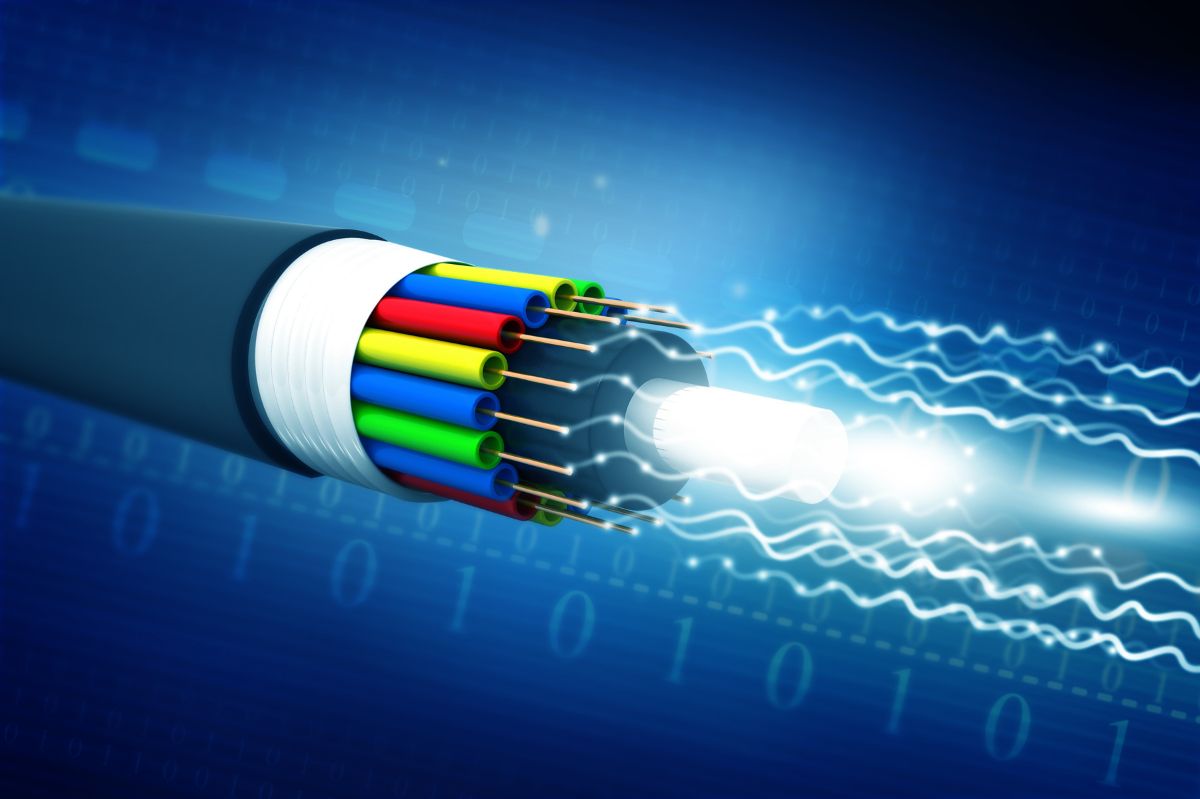Faster, more stable, more resilient, and also more sustainable.
Optical fiber has supplanted the old copper-based connectivity and revolutionized telecommunications in just a few years, supporting the greatest innovations.
Without optical fiber, there would be no broadband and ultra-broadband transmissions that allow digital streaming, augmented reality, telemedicine, robotics, and the Internet of Things.
Table of Contents
Optical fiber and companies: how to clarify
Unfortunately, it is not always easy to find clear information on this issue which is so important for companies.
In many cases, operators advertise offers talking about optical fiber without specifying real connectivity characteristics and performances.
The multiplication of technical acronyms and acronyms such as FTTH, FTTC, FTTS, FTTB, or GPON makes it even more difficult to make informed and transparent choices.
The Authority for Communications Guarantees (Agcom) has tried to clarify the subject to protect consumers and companies from forms of misleading advertising. According to Agcom, the true optical fiber is only the one that arrives directly at the user’s home or the company headquarters. But what exactly does that mean? And what is the difference between a dedicated optical fiber and a shared optical fiber? Finally, why is the operator’s role crucial in providing truly efficient connectivity for businesses?
Below you will find a small guide to help you understand what real optical fiber is, how to obtain it and how to exploit it to bring concrete benefits to your company immediately.
What is optical fiber, and how does it work
Optical fiber is a technology that allows the transmission of large amounts of data at very high speed and over very long distances through pulses of light. The technology was invented in the second half of the 1960s by Nobel laureate scientist Charles K. Kao.
Fiber optic transmission cables contain very thin transparent silicon filaments the diameter of a human hair.
Inside the cables, the filaments are isolated thanks to a mantle that facilitates the diffusion of light rays and a plastic sheath that protects the fiber’s core from atmospheric agents and other external influences.
The optical fiber needs to be “turned on” with pulses of light that translate the data into binary code, the language made up of bits used by computers. In this way, the pulses of light, pushed by repeaters located on the operators’ networks, carry large quantities of information for thousands of kilometers without degradation.
Why is optical fiber better than copper?
The performance of the fiber allowed this technology to supplant the old copper networks on which technologies such as ADSL were based.
The signals can also travel over long distances over the optical fiber without the attenuation problems typical of copper.
In addition to carrying vast amounts of information, fiber optic cables are also less susceptible to interference than copper connections that use electrical pulses to transmit data.
In this way, they do not suffer interference from humidity or rain. This insulation capacity also allows fiber cables to be installed near electrical systems in existing spaces, with economic advantages.
Fiber optic cables also make it easier to adapt services to the continuous increase in users’ bandwidth requirements.
Finally, as demonstrated by the FTTH Council Europe research, fiber-based networks are also more eco-sustainable because they require very little energy consumption.
Most devices used to spread the signals along the optical fibers do not need an electrical power supply.
Transport and access network: the last mile problem
Even if most of the operators’ offers speak generically of fiber, you have to be very careful. Not all fibers are created equal. It is good to know the difference between the transport network and the access network.
The proprietary networks of the main operators have for many years been entirely made of high-performance fiber. Suffice it to say that the first oceanic fiber cables were made in the late 1980s. Thanks to these “digital highways” – the backbones of the operators that make up the so-called transport network – data travels on the Internet worldwide to the telephone exchanges closest to users.
The road suddenly narrows because the fiber optic coverage has not yet reached the entire Italian territory in a capillary manner.
Operators do not always use fiber to connect the user’s home or company headquarters but can also use other available technologies such as copper or radio (FWA).
The technologies used to cover this step – usually called the last mile – are crucial in determining whether we are buying a true fiber offering and determining the actual performance of our access connectivity.
How to distinguish the real optical fiber
This explains why Agcom defines true fiber only as that which arrives directly at the user’s premises.
If access to the network in the last mile is made of copper, then there is no question of fiber.
To make it easier to understand what happens in the last section and therefore to identify the right offer, Agcom has created a system with stamps and color codes similar to those of a traffic light.
The stickers allow you to understand in a moment how connectivity is created in the last mile:
- red: the connection between the control unit is made entirely of copper
- yellow: the reference is made with a mixed fiber/copper system
- green: the fiber reaches the user’s home
How to check fiber coverage
The availability of fiber connectivity, therefore, depends on the network coverage. Many entrepreneurs ask themselves: How do I know when my company is reached by real optical fiber?
All operators provide online services to check which types of technology are available in the area where the company offices are located.
The AgCom has provided that, in the dedicated pages and in the commercial offers, the operators use the stamps to indicate the technologies used for the access network.
Also Read : Data Center Security: 5 Rules For Choosing The Right Supplier







